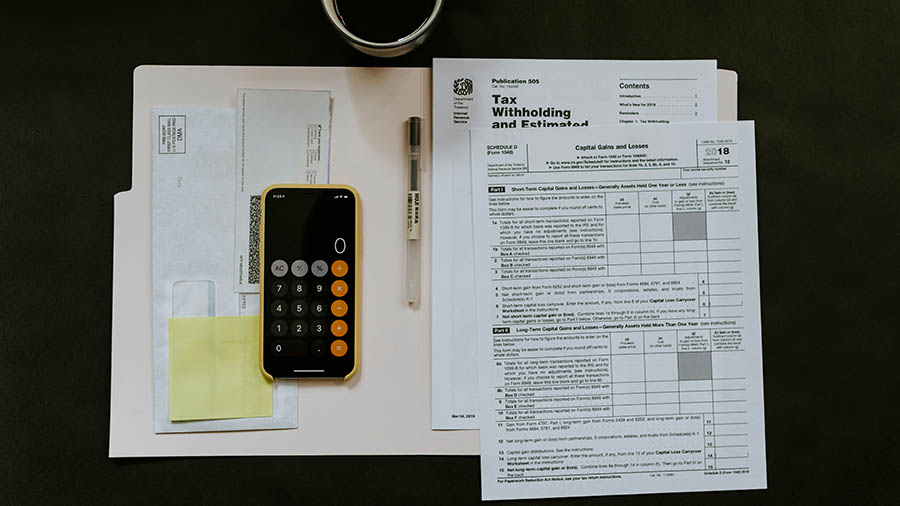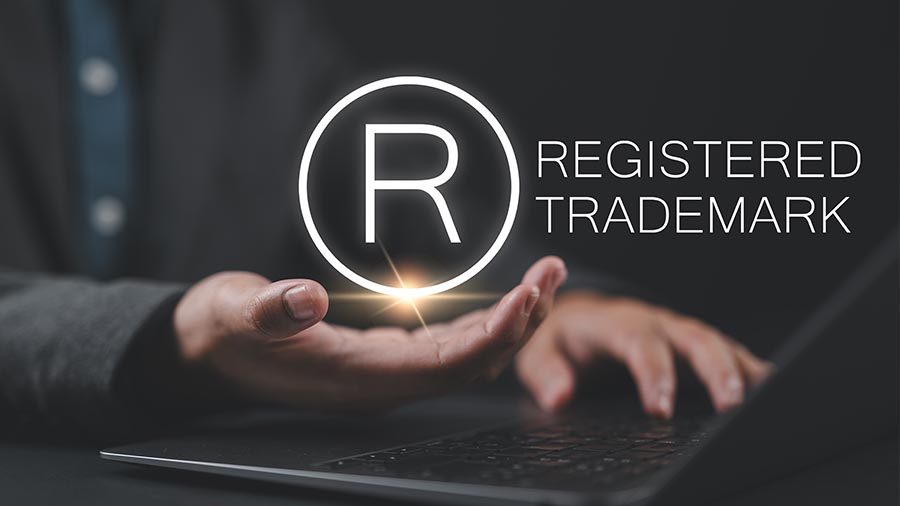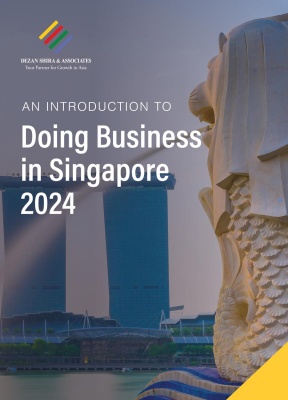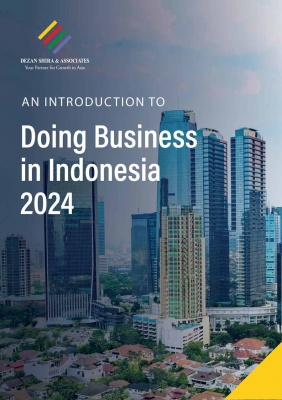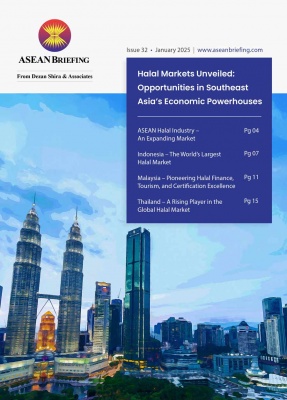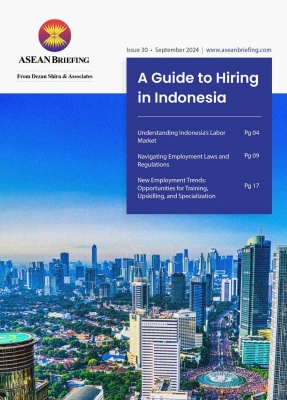Trade Fairs in Thailand – Steps to Protect Your Intellectual Property
By: South-East Asia IPR SME Helpdesk
Trade fairs are now a well-established part of the business calendar in Thailand, particularly in Bangkok, with a number of high-tech industries represented, as well as areas of the creative sector such as furniture and design. Trade fairs provide foreign businesses with the opportunity to present their innovations and ideas to potential business partners and customers, and allow them to learn from and collaborate with other innovators. There is, however, a risk, in that disclosing your innovations to the public leaves you exposed to copying and infringements of your IP.
Infringement of innovations may not necessarily be straightforward ‘counterfeiting’ – i.e. exact product, packaging and brand imitation. It is more likely that competitors could be using, intentionally or otherwise, a certain part of your product or innovation. It is therefore advisable to be as diligent as possible and to get to know competitors’ products well. In the light of this, a practical and realistic approach must be taken when preparing for and attending trade fairs in Thailand. IP owners must also be patient and pragmatic, as it is unlikely that immediate action can be taken against an infringer. There are, however, steps that IP owners can take before, during and after the event to best protect their IP.
Preparing for a Trade Fair
When preparing your materials for an exhibition, it is wise to notify the public – where appropriate – of your IP ownership. This can be done by using the following symbols and phrases:
|
© |
This can be combined with the year of creation or publication to assert copyright ownership in works such as brochures, websites, software, pictures, music, etc. |
|
TM |
If you have applied for a trade mark but it is not yet registered or even if you have not applied but are using the trade mark, the TM abbreviation can be used to assert your rights over the trade mark. |
|
® |
This symbol can only be used for registered trade marks. It can be a criminal offence to use this symbol if the trade mark is not registered (prosecutions are, however, very rare). |
|
Patent Pending |
If the patent application has been made but has not yet been granted, this phrase can be used. |
|
Patent WO/12345678 |
Once the patent is granted, usually the patent number and jurisdiction are used to show where the patent has been issued. |
It is a good idea to research the trade fair organizer’s material as much as possible. For example, it is worth taking the below steps in advance:
- Checking for an IP or business center that may be able to provide assistance or advice during the trade fair and review carefully the terms and conditions of the trade fair.
- Liaising with a local lawyer and providing that lawyer with a Power of Attorney (for example, three to four months in advance) and other proof of IP ownership so that legal action can be taken swiftly, if necessary.
- Checking the list of exhibitors and making a note to check their stands.
![]() RELATED: IP Protection in Malaysia’s Food & Beverage Industry
RELATED: IP Protection in Malaysia’s Food & Beverage Industry
What to do if an Infringement is Discovered at a Trade Fair?
If an infringement is confirmed at or as a consequence of a trade fair, there are several enforcement options for companies that are usually recommended. These include:
- A notification letter. This letter simply provides the infringer with notice of your IP rights. You may wish to also include a statement that you would be willing to discuss the issue or license the IP to them. These are seen as a softer approach and are often used when there is not strong evidence of infringement. It may be possible to send such a letter on the letterhead of the IP owner (i.e. without instructing lawyers).
- A ‘cease and desist’ letter. This letter will usually threaten legal proceedings and demand that the infringer ceases and desists from infringing the IP in question. It is possible to ask for damages and legal costs in such letters. The letter may be accompanied by a form of settlement agreement known as ‘undertakings’ to contractually bind the infringer by the settlement terms. Usually lawyers are instructed to send these letters.
- Raid or ‘search and seize’ actions. These are usually done ex parte, e. without informing the infringer, so as to take them by surprise. In Thailand, in the case of patent infringement, the court, authorities or police will most likely not be willing to seize the goods, since there may be complex factual and legal issues involved. However, products infringing trade marks or copyright would be suitable for such an action.
- Investigate the infringer. It may be that the infringer is sourcing infringing materials from a larger supplier that may reside in another country. It may be that an investigation would help provide you with information about their customers and network. Your local lawyer or business partner may be able to assist with an investigation. There are investigation companies specializing in IP across Southeast Asia.
- Issue legal proceedings. This is often a last resort. Legal actions are not as costly in Thailand as in Europe, but they are still a significant drain on resources, particularly for a SME. Criminal, civil, and administrative actions may be available to the IP owner for injunctions and damages, though awards from the court to recover legal costs are generally very rare in Thailand and cases are generally only taken seriously where there is evidence of wide scale infringement. Local legal advice is essential when considering such options.
Trade fairs present huge opportunities for collaboration and progressive business, but at the same time, they present a degree of risk in relation to theft of IP. With a robust and well-prepared approach to trade fairs, IP value can be maximized to the benefit of the IP owner.
|
About South-East Asia IPR SME Helpdesk The South-East Asia IPR SME Helpdesk supports small and medium sized enterprises (SMEs) from European Union (EU) member states to protect and enforce their Intellectual Property Rights (IPR) in or relating to South-East Asian countries, through the provision of free information and services. The Helpdesk provides jargon-free, first-line, confidential advice on intellectual property and related issues, along with training events, materials and online resources. Individual SMEs and SME intermediaries can submit their IPR queries via email (question@southeastasia-iprhelpdesk.eu) and gain access to a panel of experts, in order to receive free and confidential first-line advice within 3 working days. The South-East Asia IPR SME Helpdesk is co-funded by the European Union. To learn more about the South-East Asia IPR SME Helpdesk and any aspect of intellectual property rights in South-East Asia, please visit our online portal at http://www.ipr-hub.eu/. |
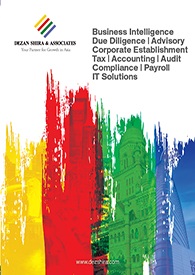 Dezan Shira & Associates Brochure
Dezan Shira & Associates Brochure
Dezan Shira & Associates is a pan-Asia, multi-disciplinary professional services firm, providing legal, tax and operational advisory to international corporate investors. Operational throughout China, ASEAN and India, our mission is to guide foreign companies through Asia’s complex regulatory environment and assist them with all aspects of establishing, maintaining and growing their business operations in the region. This brochure provides an overview of the services and expertise Dezan Shira & Associates can provide.
 An Introduction to Doing Business in ASEAN 2017
An Introduction to Doing Business in ASEAN 2017
An Introduction to Doing Business in ASEAN 2017 introduces the fundamentals of investing in the 10-nation ASEAN bloc, concentrating on economics, trade, corporate establishment, and taxation. We also include the latest development news for each country, with the intent to provide an executive assessment of the varying component parts of ASEAN, assessing each member state and providing the most up-to-date economic and demographic data on each.
 Human Resources in ASEAN
Human Resources in ASEAN
In this issue of ASEAN Briefing, we discuss the prevailing structure of ASEAN’s labor markets and outline key considerations regarding wages and compliance at all levels of the value chain. We highlight comparative sentiment on labor markets within the region, showcase differences in cost and compliance between markets, and provide insight on the state of statutory social insurance obligations throughout the bloc.

